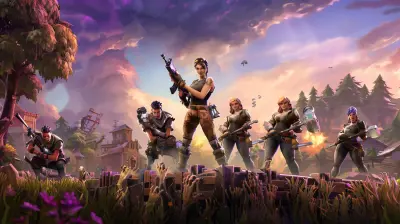Revisiting the Haunting Mythology of The Last of Us' Disease-Ravaged World
10 August 2025
Let’s be honest—most post-apocalyptic games are just window dressing for carnage. Bombed cities? Check. Zombies? Double check. Grizzled heroes with dark pasts? You bet. But when it comes to The Last of Us, things hit differently. There's a depth to its world that hooks you emotionally, and a disturbing realism that kind of makes you wonder, “Could this actually happen?”
Today, we're peeling back the gritty, fungus-covered layers of The Last of Us to reexamine the mythology behind its disease-ravaged world. Get comfy (but keep the lights on), because we're diving into the nightmarish science, folklore vibes, and emotional freight train that make this universe unforgettable.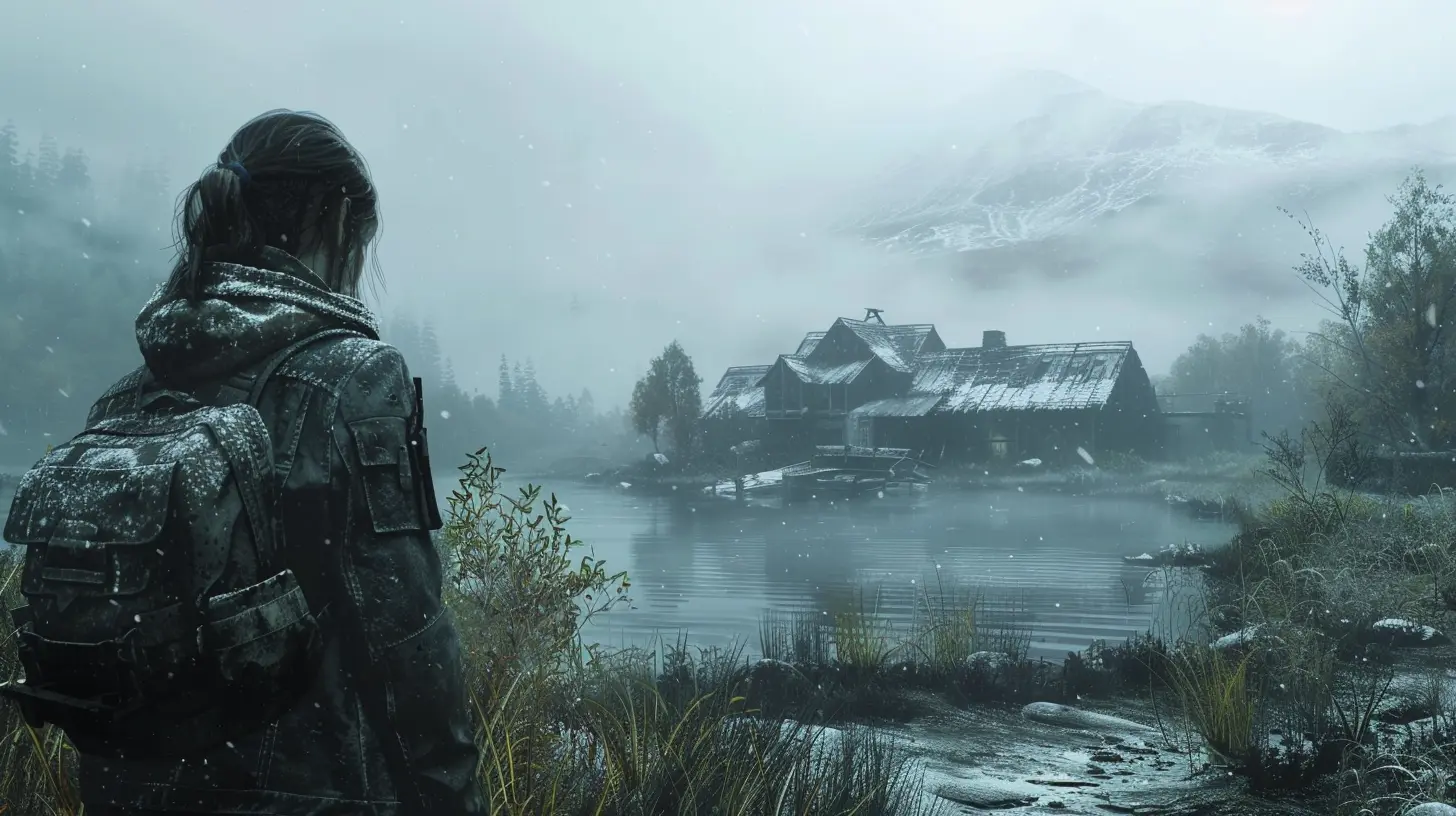
Not Your Typical Zombie Outbreak
First things first: these aren’t your run-of-the-mill, bite-and-turn zombies. Nope. The fungal infection in The Last of Us comes courtesy of Cordyceps, a real-world fungus known for hijacking the bodies of insects.That’s right—this nightmare has roots in actual science. In nature, Cordyceps invades an ant’s body, takes over its mind, forces it to climb to a high point… and then, just before it dies, BOOM, fungus explodes from its head to spread spores.
Now apply that to humans. Terrifying, right?
From Nature to Narrative
What makes The Last of Us so genius is that it took something real and pushed it just far enough to feel plausible. The game’s creators didn’t just invent a disease—they extrapolated an actual biological behavior into dystopian fiction. That's the kind of storytelling that gives you goosebumps.In the game, the Cordyceps Brain Infection (CBI) mutates to infect people. It spreads through bites and airborne spores (in some versions), slowly turning victims into mindless, mushroom-headed horrors. And the longer someone’s infected, the more grotesque and inhuman they become—physically and mentally.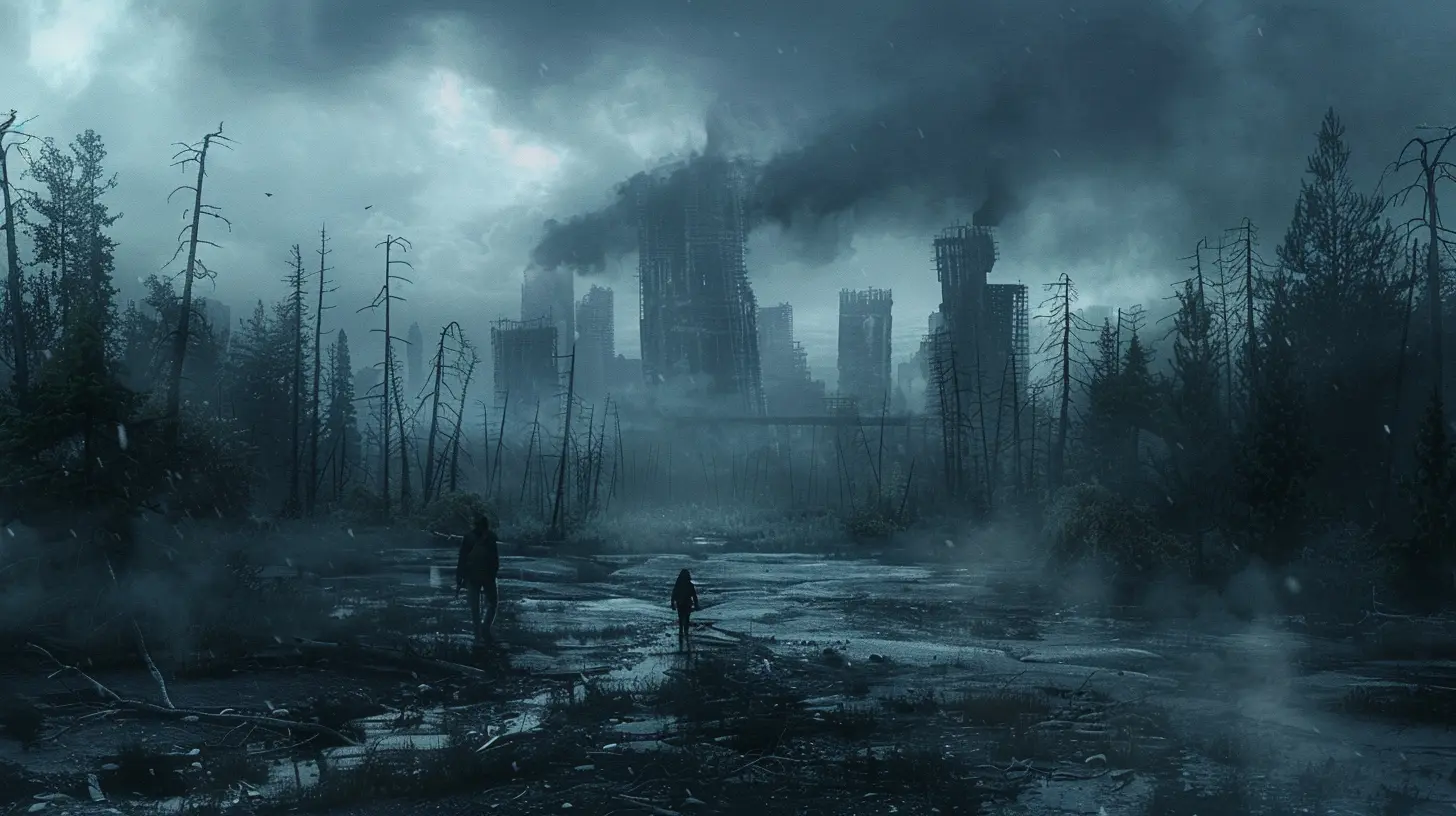
The Evolution of the Infected: Stages of Horror
To understand the emotional and mythological weight of the infected, we have to look at how they evolve. Each stage of infection represents a deeper level of transformation—not just in physical terms, but symbolically.1. Runners: The Freshly Turned
These poor souls are newly infected. They're fast, aggressive, and still have remnants of human behavior. Some even cry, scream, or show flashes of recognition. It’s heartbreaking. They're not gone yet, and that’s what makes them so tragic.2. Stalkers: The Lurkers
They’ve had more time in the grip of the fungus. Their faces begin to contort, and fungal growths start to break through the skin. They're sneakier, hiding before attacking. It’s as if the human part is fading, but not totally lost.3. Clickers: The Iconic Horrors
With their faces completely overtaken by fungus, Clickers are blind but deadly. They use echolocation, hence the eerie clicking sounds. Fighting one is like facing a blind banshee. They're terrifying… and iconic.4. Bloaters & Shamblers: Monsters of Time
These beasts have been infected for years. Heavily armored with fungal plates, they can shrug off bullets and throw spore bombs. They’re not just enemies—they’re the embodiment of time’s cruelty. Survival doesn’t make them stronger. It makes them more monstrous.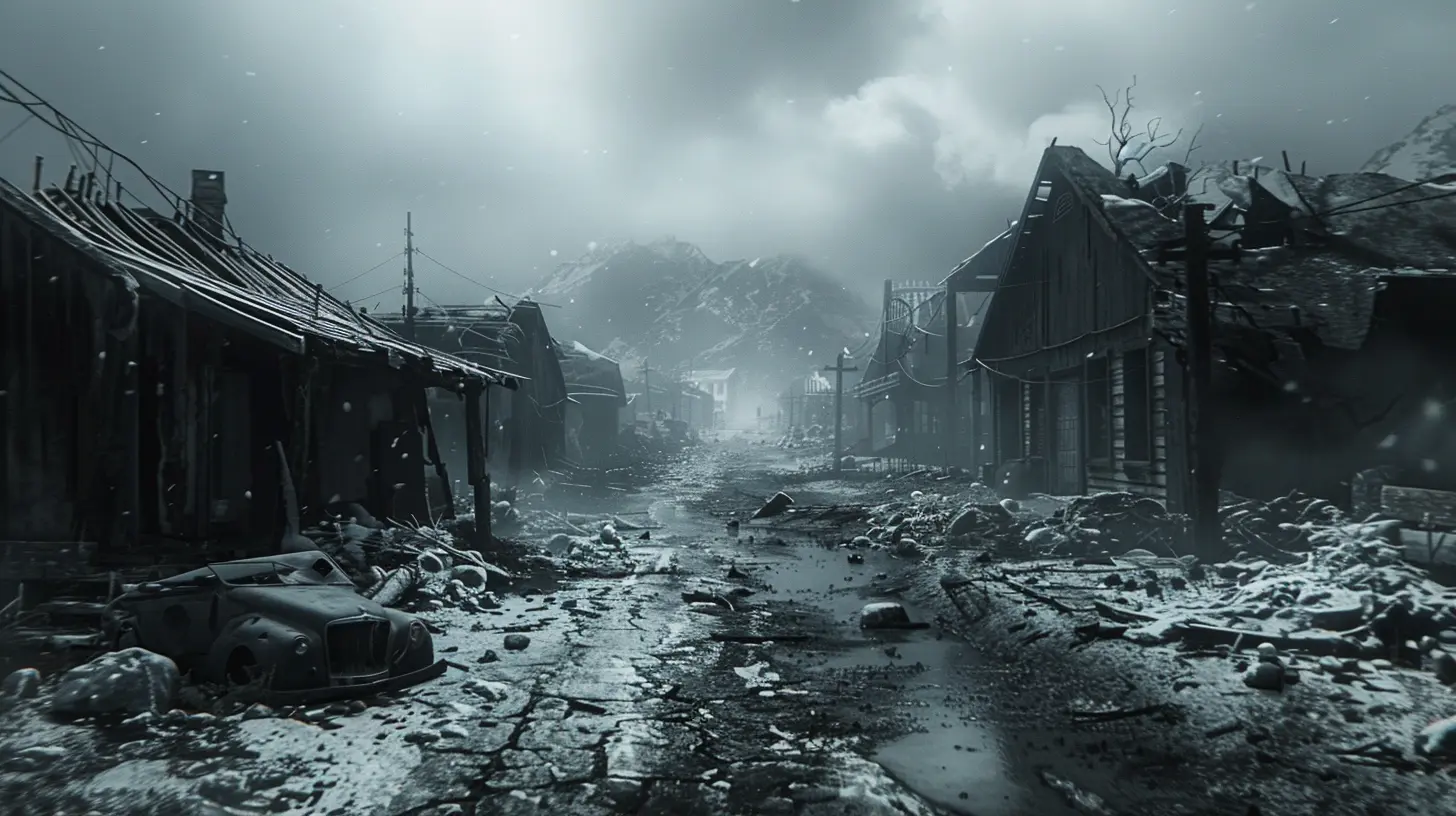
Humanity vs. Infection — A World at War With Itself
The mythology of The Last of Us isn’t just about monsters. It’s about what happens to people when monsters become part of everyday life. Every survivor you meet is visibly scarred—some physically, most emotionally.You’ve got FEDRA, the authoritarian regime trying to control the chaos. You’ve got the Fireflies, a rebel faction chasing a cure. And then there are the splinter groups—hunters, cults, and those just trying to hold on.
It’s a constant battle between survival and morality. And sometimes survival wins.
Ellie and Joel: Mythic Archetypes in a Broken World
Ellie isn’t just a character—she’s the hope. Immune to the infection, she could be the key to ending it all. Joel, the man assigned to escort her, starts as a broken conduit of pain. But through their journey, they become something more.Joel represents the eternal protector, the flawed hero willing to burn the world to save those he loves. Ellie is the chosen one, caught between destiny and free will. It’s classic myth-making—but drenched in blood, tears, and the rust of broken dreams.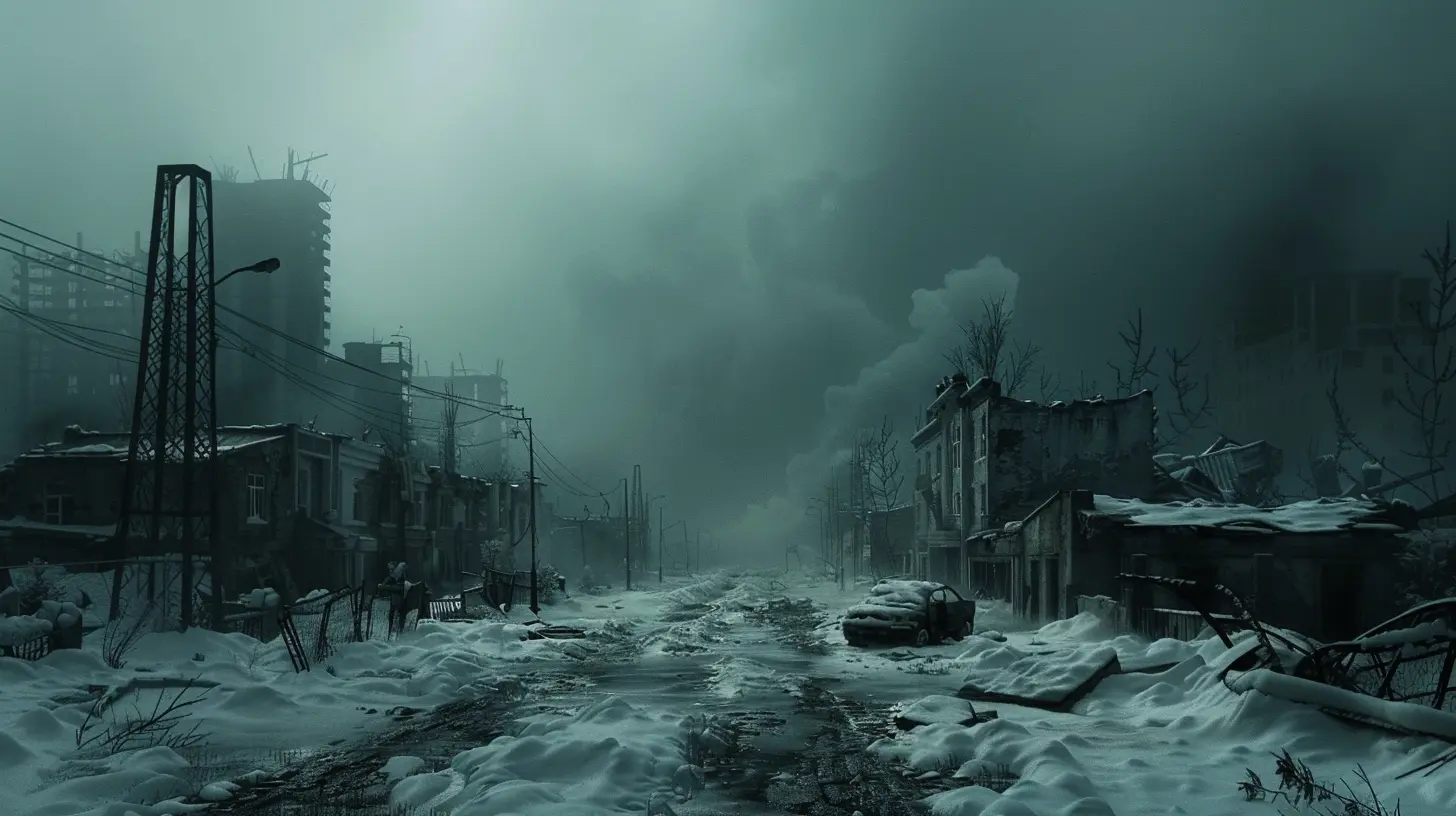
Real-World Roots: The Fungal Boogeyman
So we’ve talked about the in-game fungus. But did you know scientists have actually discussed the possibility of fungal infections adapting to humans?Cordyceps, in real life, doesn’t infect people. Yet. But fungi are incredibly adaptable. Some experts believe that with climate change, it’s not crazy to think new, human-targeting fungi could evolve.
Think about it—fungi killed more people in the 2023 India outbreak than anyone expected. The real-world potential adds a bone-chilling layer to The Last of Us. It’s not just fiction; it’s a “what if” that feels a little too close for comfort.
The Fungi as a Symbol of Time, Decay, and Rebirth
Let’s get a bit philosophical here. Fungi are decomposers. In nature, they break down dead things and return nutrients to the earth. In The Last of Us, they take this role to the extreme.The infected don’t just die—they transform. And in that transformation, we see themes of loss, rebirth, and decay. Bodies become part of the environment. Cities are reclaimed by moss and mushroom-coated walls. Civilization fades, and nature—twisted, mutated—takes over.
It’s poetic in a grim kind of way.
Parallels to Pandemic Anxiety and Isolation
The whole infected mythology took new meaning after the COVID-19 pandemic. Suddenly, the world became all too familiar. Empty streets, fear of contamination, government lockdowns—it mirrored scenes from the game all too perfectly.The disease in The Last of Us is an extreme metaphor, but its emotional beats are eerily resonant. Fear of the unknown. The loss of normalcy. Grieving people who are still alive but not the same.
It's these parallels that elevate the game from entertainment to mythic storytelling.
The Haunting Beauty of Collapse
One of the most compelling aspects of The Last of Us’ world is how beautiful it can be amid the horror. Sunlight filters through cracked buildings. Deer wander across empty highways. It’s apocalypse meets aesthetic.This juxtaposition is more than visual. It’s thematic. Life goes on—even if it’s not the life we expected. The infected may dominate the land, but so do flowers, rainstorms, and stunning sunsets.
In a sense, the world hasn’t ended—it’s just changed. And that subtle message makes the story even more profound.
The Mythology Expands in Part II
The Last of Us Part II takes everything deeper. The infection is still at the core, but the real decay is emotional. Grief, vengeance, and generational trauma take center stage.We also get new infected types—like the horrifying Rat King, a grotesque fusion of multiple infected bodies. It’s like a final boss from your worst fever dream, and it only reinforces that the infection isn’t just biological—it's mythic, monstrous, and always evolving.
We even explore new cultures and survivor groups, each with their own beliefs about the infection. It becomes almost religious. That’s the power of mythology—it moves from science to belief, from fear to ritual.
Why the Mythology Still Matters
So why does all this fungal horror still resonate? Because The Last of Us mixes grounded science with deeply human emotion. It doesn’t just ask, “What if a fungus turned people into monsters?”It asks:
- What would you do if your loved one turned?
- Would you save the world at the cost of one life?
- Would you forgive someone who cost you everything?
These questions transcend the game. They become modern myths, etched into controller callsuses and late-night fan theories.
Final Thoughts
Revisiting the haunting mythology of The Last of Us' disease-ravaged world reminds us why this series isn’t just compelling—it’s important. It bridges the gap between science and storytelling, between horror and hope.Like any great myth, it warns us, moves us, and stays with us long after the final clicker moans.
And hey, maybe it also makes us think twice before walking into a damp, mushroomy basement.
all images in this post were generated using AI tools
Category:
Lore And StorylinesAuthor:

Kaitlyn Pace
Discussion
rate this article
1 comments
Josephine Roth
Exploring the haunting beauty of The Last of Us reminds us that even in darkness, hope and resilience shine bright. Let's embrace the journey together!
August 25, 2025 at 2:26 AM

Kaitlyn Pace
Thank you for your insightful comment! The themes of hope and resilience truly resonate in this journey through The Last of Us. Let’s continue to explore together!


